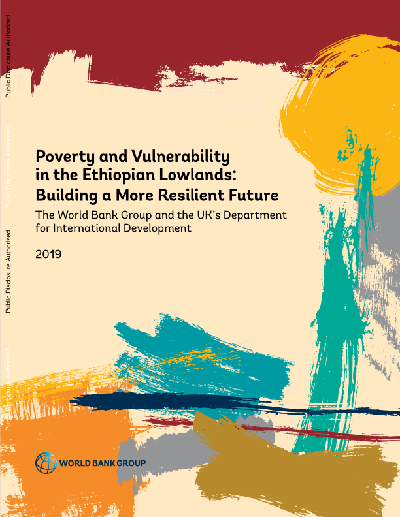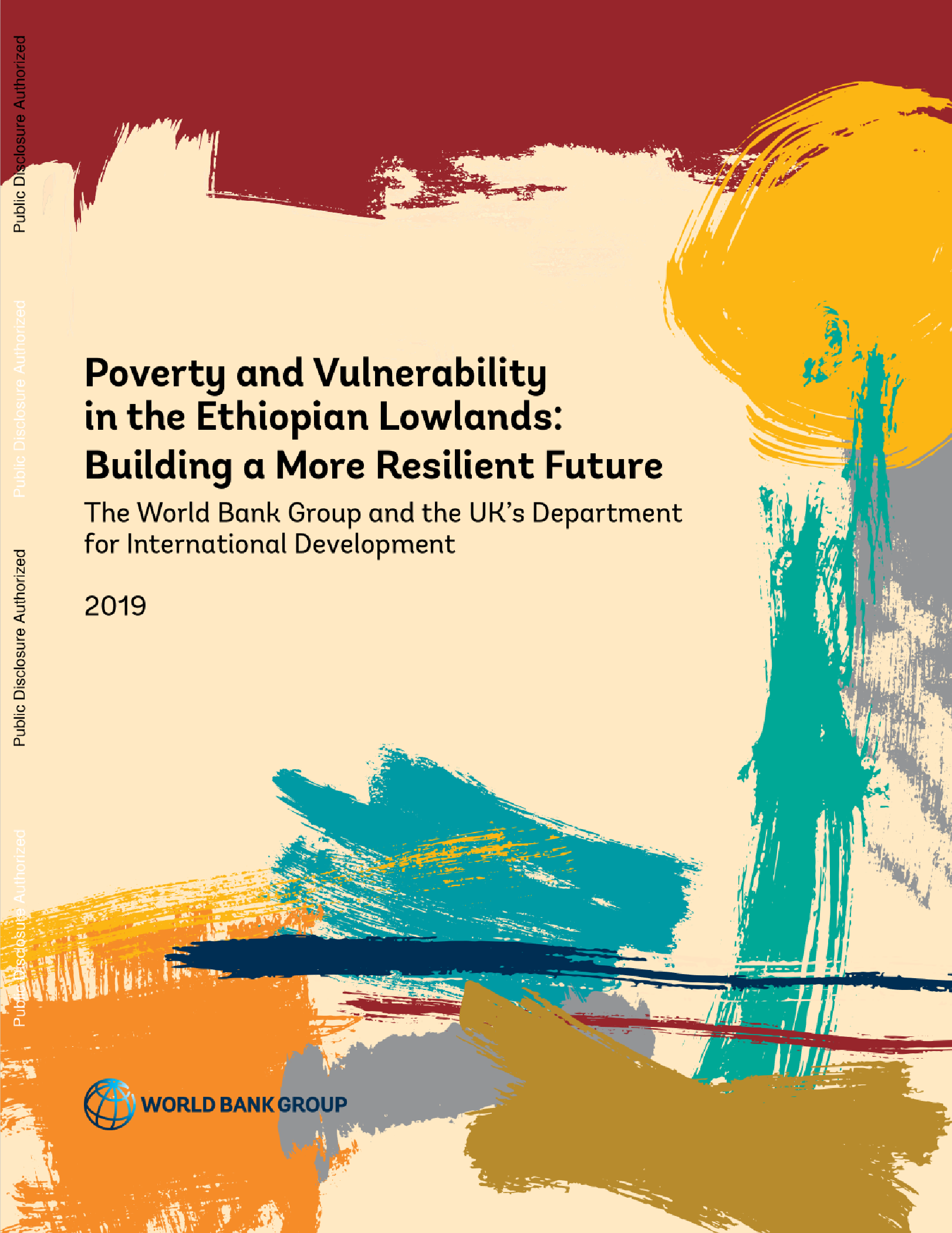



收藏
纠错
本概述总结了该报告的9个独立章节,这些章节探讨了贫困,脆弱性以及对埃塞俄比亚低地的冲击的承受能力的不同方面。为了确定促进低地复原力的政策议程,报告采用了具有三个主要特征的分析框架。第一,对低地人口的生计系统进行了详细检查,目的是更好地了解观察到的行为模式以及与给定时间点的贫困率以及贫困率随时间的变化相关的因素。第二,区分给定时间点的家庭贫困状况和家庭的贫困脆弱性,这就是未来家庭贫困的可能性。第三,重点放在了解低地家庭脆弱性的不同来源,这些脆弱性来源如何随时间演变。
埃塞俄比亚低地的贫困与脆弱性:建设更具弹性的未来 This report was led jointly by Richard Hogg (Pro- gram Leader, World Bank) and Emmanuel Skou- fias (Lead Economist, Poverty & Equity GP, World Bank). The following individuals and institutions contributed substantively to this report (by chap- ter): Chapter 1: Dejene Negassa Debsu, and Asfaw Negassa. Chapter 2: Emmanuel Skoufias, Katja Vinha, Berhe Mekonnen Beyene, Tom Bundervoet, Adrian Cullis, and Asfaw Negassa. Chapter 3:Victoria Monchuk, Berhe Mekonnen Beyene, Tom Bundervoet, Anne Bakilana, Ayele Abebe, Belay Addise, Eshete Yilma Tefera, Fiseha Terefe, Fitsum Zewdu Mulugeta, Hiroshi Saeku, Mary Breen, Paul Jacob Robyn, Roman Tesfaye, Roman Tesfaye Geb- remedhin, and Ziyn Engdasew Woldab. Chapters 4 and 5 are based on contributions by Daniel C. Mon- chuk, Habab Taifour, Rebecca Lacroix, Benjamin Petrini, and Manex Bule Yonis, aWhere, the Water and L and Resources Center of Addis Ababa Uni- versity, and a background report prepared for the . World Bank by the Center for International Earth Science Information Network (CIESIN), Columbia University, and the CUNY Institute for Demographic Research (CIDR). Chapter 6: Alexander Meckelburg. Chapter 7: Samuel Mulugeta. Chapter 8: Matthew Hobson, Sarah Coll-Black, Simon Narbeth, Lucian Pop, Judith Sandford, and Wout Soer. Chapter 9 is based on a report on the "Sources of Growth in Lowland Peripheries" prepared for DFID by IPETripleline. 【更多详情,请下载:埃塞俄比亚低地的贫困与脆弱性:建设更具弹性的未来】
